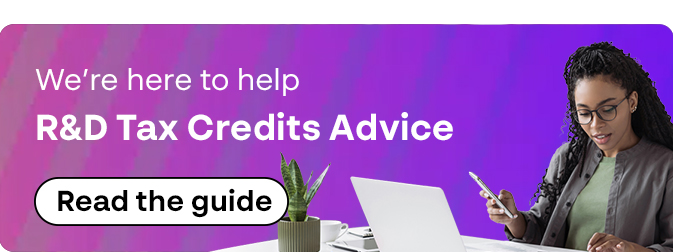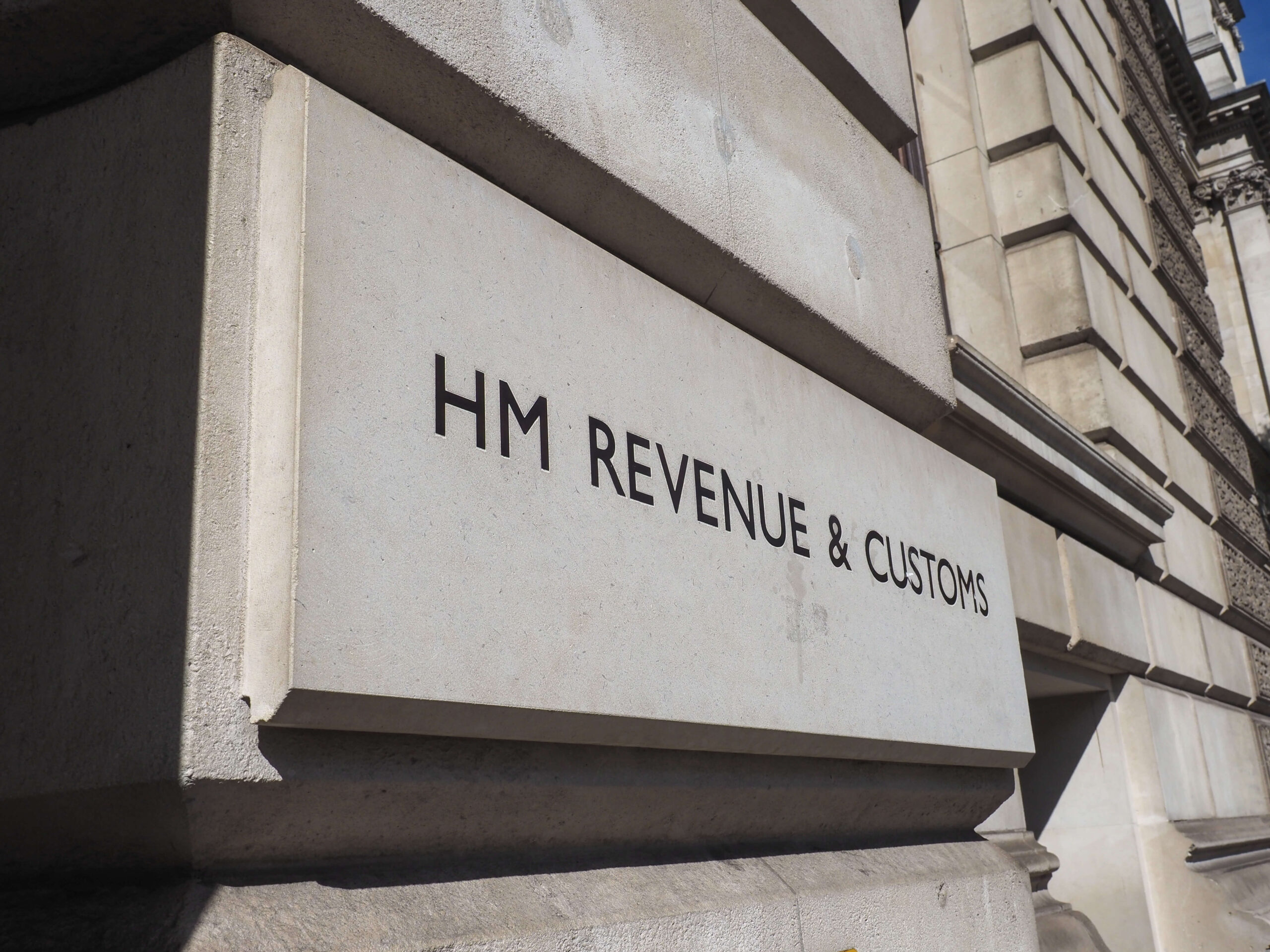Ask the Expert - Best Practices for Documenting R&D Activities
06 May 2024
Ever feel overwhelmed by the details needed to complete your R&D tax relief claims? You’re not alone. We sat down with Doug Reid, Tax Director here at Visiativ, to talk about the best way to document your R&D activities.
Read on for Doug’s tips and ensure you maintain robust and compliant R&D documentation that aligns with HMRC’s requirements.
Q | Hi Doug – What’s the best way to keep track of all the stages in our R&D projects, from start to finish?
It’s vital to keep things orderly right from the get-go. I recommend setting up a time-tracking system and keeping detailed logs of every experiment, iteration, and result. This way, you’ll have a clear, chronological record that can vividly demonstrate how your project has progressed and what outcomes were explored, making it easier when you need to show this to HMRC.
Q | How do we make sure our financial records align with our technical documentation?
Great question! You’ll want to closely link your project spending with the technical activities. Document every expense—whether it’s staff hours, materials, or external consultancy fees—and connect these costs directly to specific R&D activities. This not only strengthens your claim but also streamlines the review process by showing clear ties between your financial investment and R&D efforts.
Q | Do we really need to implement regular checks to keep our documentation up to HMRC’s standards?
Yes you do! It’s wise to regularly review your documentation to make sure everything is up to date and compliant. I suggest setting up periodic audits of your R&D records. This doesn’t just help with compliance; it also gives you a chance to adjust your practices as tax laws and HMRC guidelines evolve. Staying proactive really helps mitigate any future issues.
Q | How detailed should our justifications be for the R&D activities we’re claiming on?
Detail is key here. For each project, you should thoroughly explain the scientific or technological uncertainties you tackled and outline the innovative steps you took to address these challenges. This approach helps clarify the essence of your R&D work and shows HMRC exactly how your projects fit their criteria for tax relief.









